Savoy cabbage, also known as curly cabbage, is a green vegetable that boasts crinkled, dark-green leaves and is known for its mildly sweet, earthy flavor. Despite being a staple in many kitchens, there are times when you may need a substitute. Reasons can range from dietary restrictions, personal flavor preferences, or simply availability. In such cases, finding a suitable substitute can be key to preserving the integrity of your dish.
What is Savoy Cabbage?
Savoy cabbage is a type of cabbage known for its round head made of loose, wrinkled leaves. Its texture and appearance distinguish it from other cabbages, which tend to have smoother and more tightly packed leaves.
Savoy cabbage is a type of cabbage known for its round head made of loose, wrinkled leaves. Its texture and appearance distinguish it from other cabbages, which tend to have smoother and more tightly packed leaves.
Origins and the Inception of Savoy Cabbage
Savoy cabbage traces its origins back to the Mediterranean region, specifically Italy. The name ‘Savoy’ refers to a historic region in Europe, spanning parts of modern-day France and Italy, suggesting where the cabbage was popularized or cultivated in earlier days. It’s believed that cabbages have been grown for food since ancient times, but the curly variety we know as Savoy cabbage started gaining recognition in Europe during the Middle Ages.
Over the centuries, as explorers and traders traveled, so did the seeds of Savoy cabbage. It found its way to different continents and gradually cemented its place in diverse cuisines. Whether it’s used in a hearty Italian ribollita, a warming Polish kapusniak, or a creamy British bubble and squeak, Savoy cabbage has proven its versatility and adaptability.
👅 Flavor Profile
Savoy cabbage possesses a tender texture with a slight crunch that softens upon cooking, making it ideal for a variety of culinary applications. Its taste is mildly sweet and earthy, more so than other cabbages, which helps it complement a variety of dishes.
Taste
Savoy cabbage offers a milder and more delicate flavor than other cabbage types. It possesses a subtle earthiness, combined with a hint of sweetness and nuttiness, especially when cooked. This cabbage variety lacks the pronounced bitterness sometimes found in its green and red counterparts.
Comparisons to Similar Flavors
In terms of flavor, Savoy cabbage can be likened to a mellow mix of kale and Brussels sprouts, without the strong peppery notes. The absence of bitterness makes it more comparable to Napa or Chinese cabbage, though with a more profound earthy undertone.
Factors Influencing the Taste of Savoy Cabbage
Soil quality, climate, and harvest time play a crucial role in its flavor development. Cabbages harvested after a frost tend to be sweeter as the cold conditions concentrate the sugars within the leaves.
Texture
Raw Savoy cabbage leaves are crisp yet pliable, thanks to their curly structure. When cooked, they transform into a tender, almost melt-in-the-mouth texture, easily absorbing flavors from accompanying ingredients.
Impact of Texture on the Overall Flavor Experience. The tenderness of cooked Savoy cabbage complements its mild flavor, making it a versatile addition to dishes. It seamlessly integrates into soups, stews, and stir-fries, offering a delicate bite without overpowering other ingredients.
🔄 The Closest Replacements/Substitutes

Napa Cabbage
Also known as Chinese cabbage, Napa cabbage offers a slightly sweeter taste and a crisper texture compared to Savoy cabbage. It’s a suitable substitute, especially in stir-fry recipes or when making cabbage rolls. The ratio for substitution is 1:1.
Savoy cabbage vs Napa: Differences Explained:
- Flavor: While Savoy cabbage has an earthy and robust flavor, Napa cabbage leans towards a milder, slightly peppery taste.
- Texture: Savoy cabbage boasts tender, delicate layers, whereas Napa cabbage offers a crisp, almost celery-like crunch, especially in its ribbed sections.
- Appearance: Savoy’s crinkly, deep green leaves contrast with Napa’s pale green, elongated leaves.
- Ideal Cooking Methods: Savoy cabbage is better suited for slow-cooked dishes like stews and soups, while Napa cabbage excels in quick-cooking applications like stir-fries or raw salads.
- Structure: Savoy’s compact head and leaf structure make it a preferred choice for stuffed cabbage dishes, whereas the loosely layered leaves of Napa are often favored for kimchi due to their subtle juiciness.
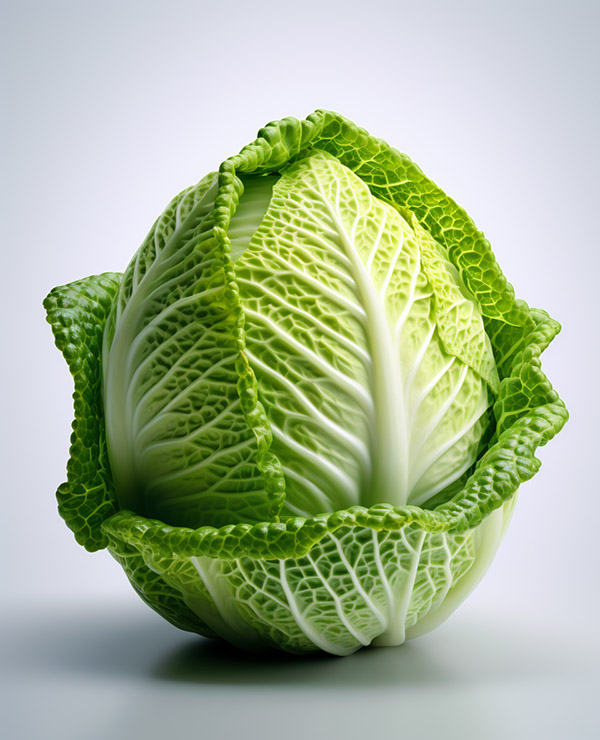
Green Cabbage
The most common cabbage variety, green cabbage, is a bit tougher and has a stronger flavor than Savoy cabbage. However, it softens upon cooking and can work as a substitute in most recipes that call for Savoy cabbage.
Cabbage vs savoy cabbage:
- Flavor: Regular cabbage generally possesses a slightly bitter and peppery flavor, while Savoy cabbage offers an earthier and more mild taste.
- Texture: Regular cabbage has a firmer and crunchier texture, making it ideal for coleslaws and salads. In contrast, Savoy cabbage, with its tender and delicate layers, is better suited for cooking, as it softens more quickly.
- Appearance: Regular cabbage boasts smooth, tightly-packed green or white leaves. Savoy cabbage, on the other hand, is characterized by its crinkly, looser, deep green leaves.
- Ideal Cooking Methods: Regular cabbage holds its structure well in both raw and cooked applications, from salads to slow-cooked dishes. Savoy cabbage, due to its tenderness, excels in slow-cooked dishes like stews, soups, or even stir-fries.
- Nutrient Profile: While both types of cabbage are nutritious, Savoy cabbage typically contains slightly more vitamin C and iron than regular cabbage.
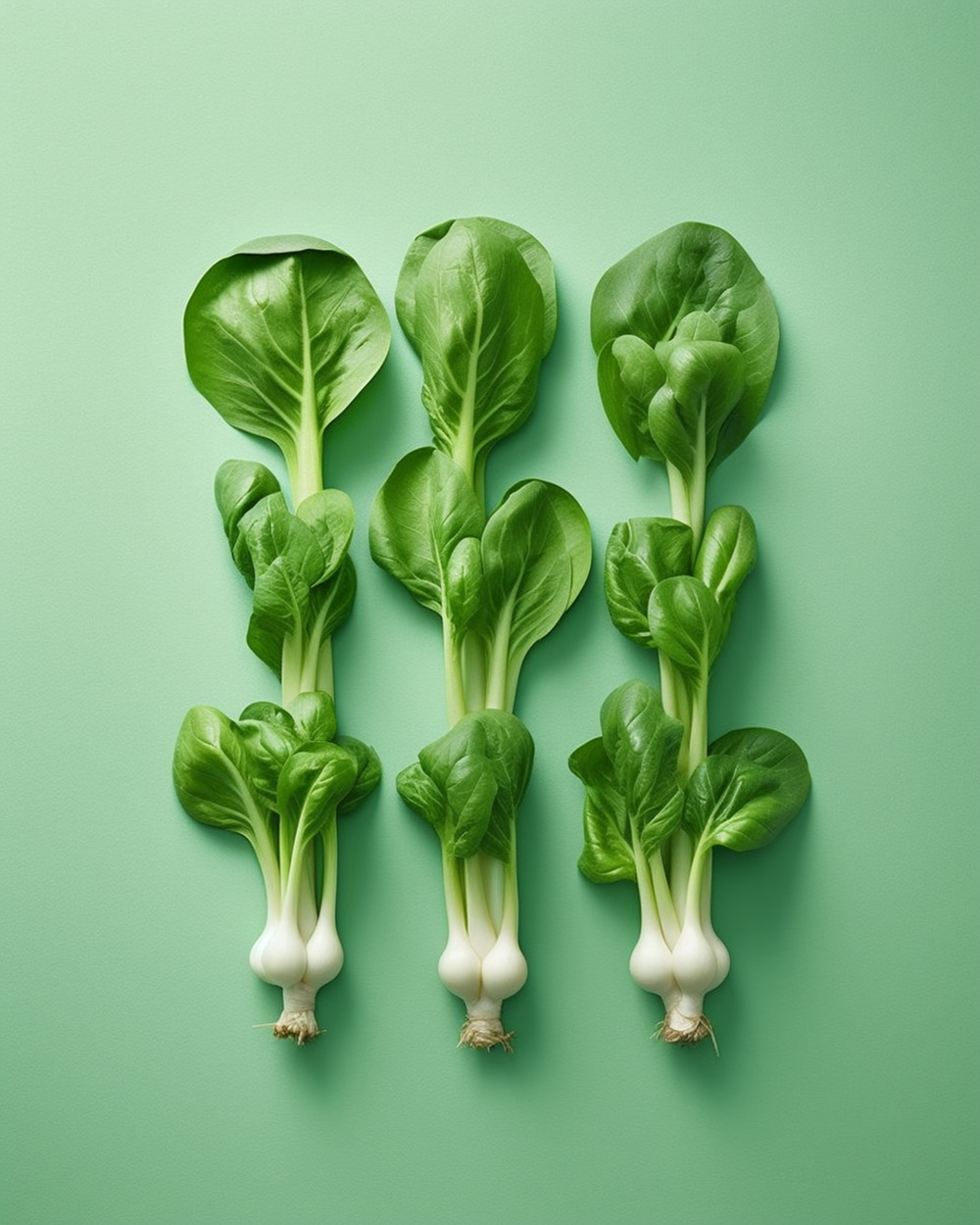

Swiss Chard
Swiss Chard, known for its bright, colorful stems, offers a mildly bitter flavor. It’s an excellent substitute when you’re looking for a slightly different flavor profile in your dishes.
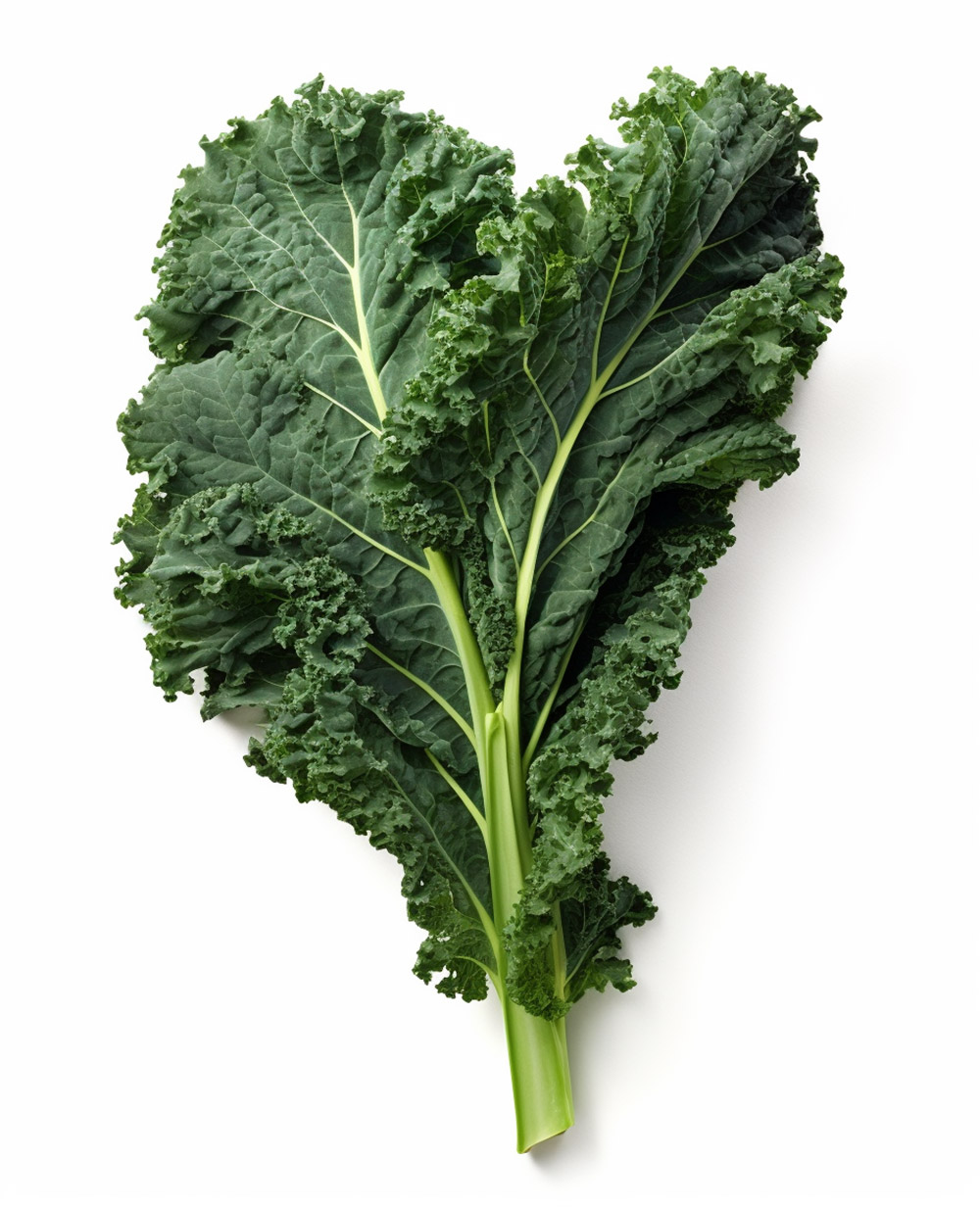
Kale
Kale, with its slight bitterness and hearty texture, can be a good substitute for Savoy cabbage, especially in soups and stews. Its robust texture holds up well under high heat and long cooking times.
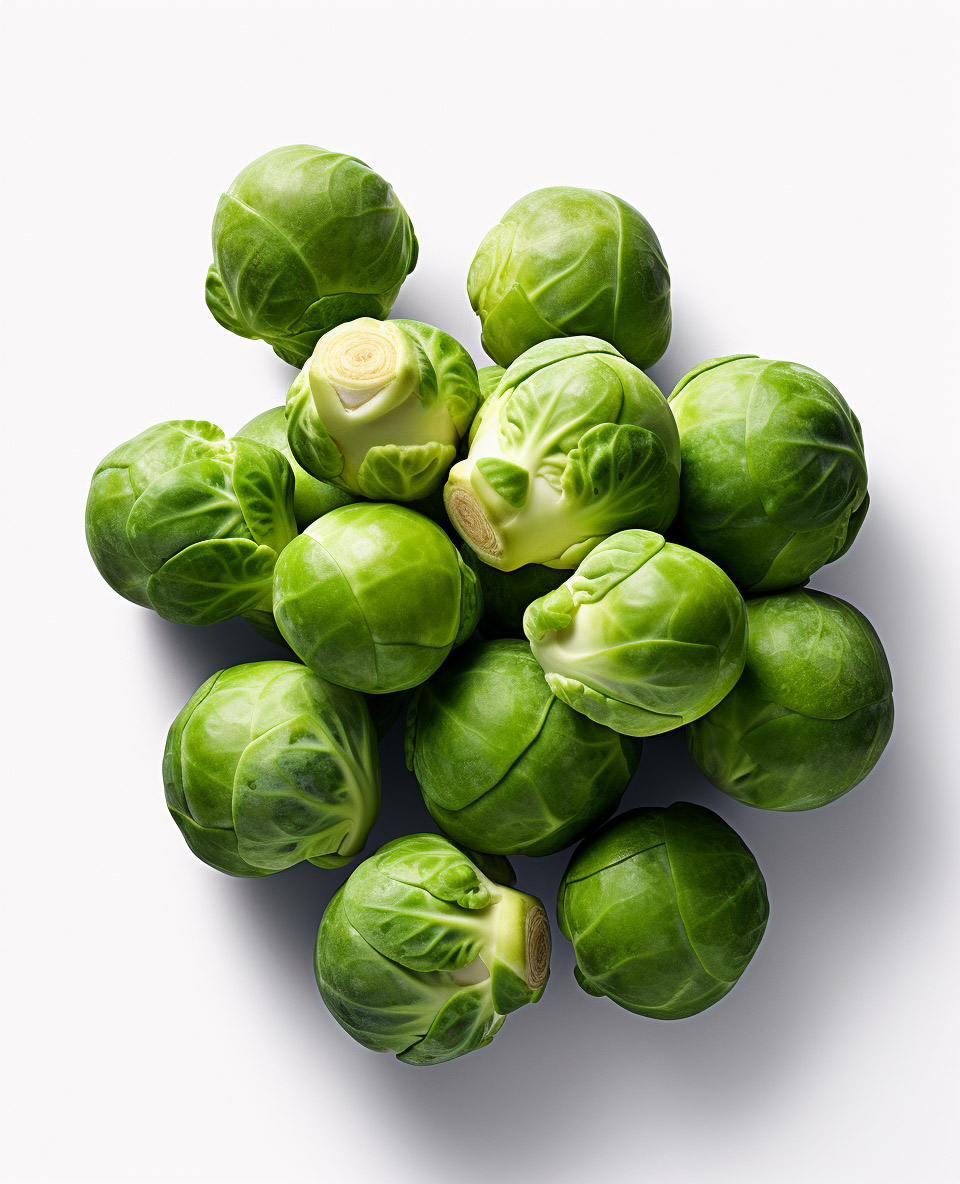
Brussels Sprouts
While not identical in taste or texture, Brussels sprouts can be a suitable substitute for Savoy cabbage, especially when shredded or chopped. They have a slightly nutty flavor that complements many dishes.
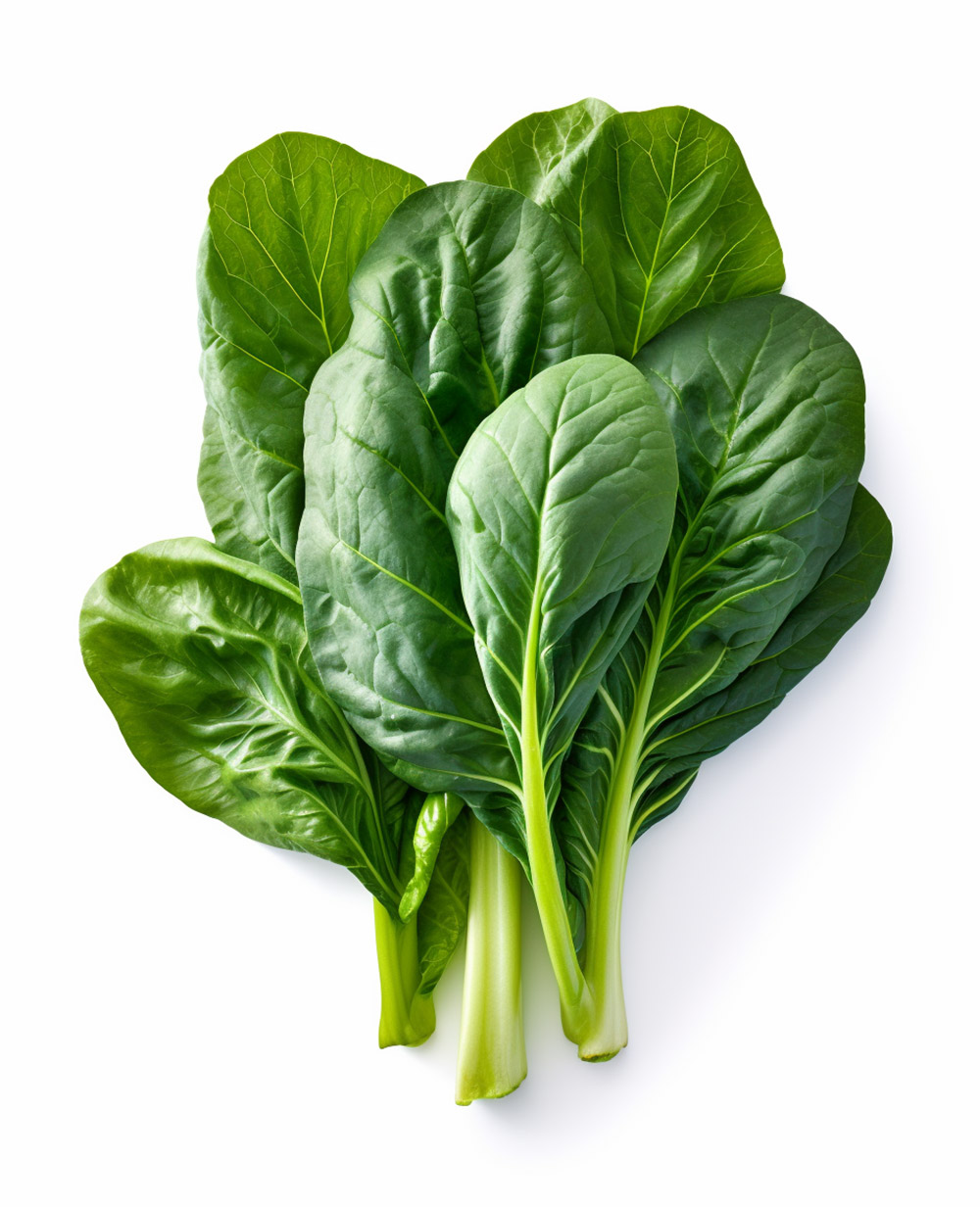
Collard Greens
Collard Greens are a great substitute in recipes that call for cooked Savoy cabbage. They have a slightly bitter taste and a hearty texture that holds up well when cooked.

Spinach
In salads or quick sautés, spinach can be an excellent substitute for Savoy cabbage. However, it wilts more quickly, so it’s best added towards the end of cooking.

Mustard Greens
For a punchier flavor, mustard greens can substitute Savoy cabbage, especially in soups or stews. They have a distinctive peppery flavor that can add complexity to dishes.
⤵ Other Substitutes
While not the most identical in terms of flavor or texture to Savoy cabbage, the following vegetables can still bring their unique characteristics to your dishes.
Turnip Greens
Though slightly more peppery in flavor, turnip greens can be a hearty replacement in recipes that require Savoy cabbage to be cooked. They have a good texture that holds up well in cooking, but remember to strip away the stems which can be quite tough.
Beet Greens
Often discarded in favor of the root, beet greens are a flavorful substitute for Savoy cabbage. These greens carry a mild taste, somewhat similar to spinach, and can be used in sautés, stews, and soups.
Romaine Lettuce
In raw applications such as salads, romaine lettuce can step in for Savoy cabbage. It has a nice crunch but is much lighter in flavor. It’s also an excellent base for Caesar salads.
Iceberg Lettuce
Known for its high water content and crisp texture, iceberg lettuce can be used as a fresh and crunchy substitute for raw Savoy cabbage in salads and slaws. However, be aware that it lacks the nutritional content and depth of flavor found in Savoy cabbage.
Broccoli
With its similar texture when cooked, broccoli is another potential substitute for Savoy cabbage. Although it has a distinct flavor, broccoli can blend well in many recipes.
Endive
Endive, with its slightly bitter taste, can provide an interesting flavor contrast as a raw substitute for Savoy cabbage in salads. However, it’s smaller in size so you will need more of it.
Escarole
Escarole has a slightly bitter flavor and is less crisp than Savoy cabbage, but it can work as a substitute, especially in soups and stews. Use it in a 1:1 ratio, but be prepared for a softer texture in the final dish.
Radicchio
Known for its bitter and spicy flavor, radicchio can be a bold substitute for Savoy cabbage. Its vibrant red color can also add a visual pop to salads.
Arugula
While significantly more peppery in taste, arugula can be a fresh, raw substitute for Savoy cabbage in salads. Its delicate leaves bring a different texture to the table, so use it sparingly in combination with other greens.
Spinach
In salads or quick sautés, spinach can be an excellent substitute for Savoy cabbage. However, it wilts more quickly, so it’s best added towards the end of cooking.
Remember, the goal of using a substitute is not to perfectly mimic Savoy cabbage, but to create a satisfying dish that pleases your palate. Experiment with these substitutes and find your favorite blend of flavors and textures!
💡 Tips and Guidance
When choosing a substitute, remember to consider the cooking method and the role of the cabbage in the recipe. For long-cooking dishes, opt for hardier greens that can withstand heat. If it’s a salad or slaw, softer, more delicate greens might be preferable. Don’t be afraid to mix and match greens for a more complex flavor profile. Enjoy the process, and happy cooking!
